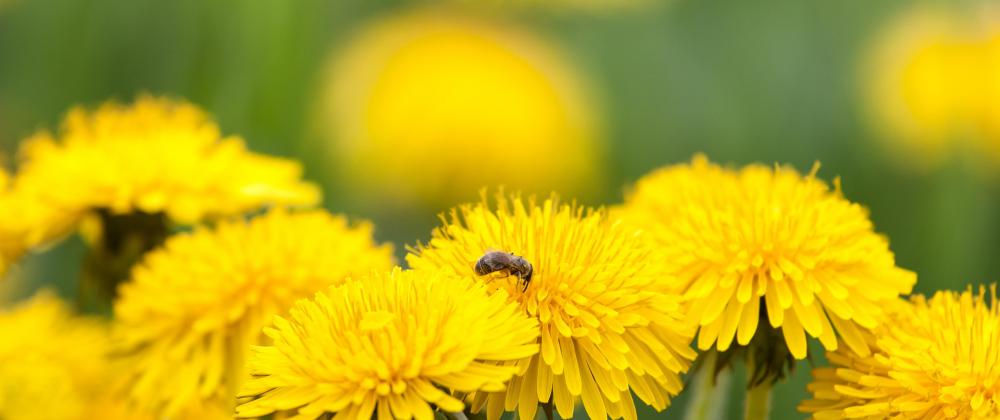At HomeQuestionsAnswered, we're committed to delivering accurate, trustworthy information. Our expert-authored content is rigorously fact-checked and sourced from credible authorities. Discover how we uphold the highest standards in providing you with reliable knowledge.
What is an Achene?
Many people may think they have eaten strawberry seeds, munched on sunflower seeds in the shell or spread dandelion seeds with a puff of air. Botanically speaking, however, all of those plants bear a dry fruit known as an achene, which is different from a seed or nut. Other plants commonly found in home gardens also produce an achene: Daisies, dahlias, zinnias, coreopsises, and buttercups, among others. Certain hardwood trees such as elm and maple also produce winged achenes which spin in the air as they fall, but botanists would also call these helicoptering seed packets samsaras.
An achene is considered a dry fruit which does not bloom or release its seed upon maturity. Instead, the seed resides inside a husk or shell until it reaches suitable ground and germinates into a new plant. The seed itself does not bond with the outer husk or shell, which separates it botanically from a traditional seed or nut. An acorn's inner seed does bond with its outer shell, for example, but the center of an elm tree's achene or samsara can be easily peeled away from its casing.

Another example of an achene can be found in sunflower seeds. The seed of a sunflower is actually contained within the kernel most people would consider to be a sunflower "seed." The sunflower achene is protected by a papery husk and a hardened shell, which all becomes embedded in the ground after release from the main flower. Eventually the sunflower seed germinates and establishes its own root system. The hard shell protects the achene from the elements and predators until this germination takes place. Birds may carry off or digest an achene fruit, but this is generally considered an effective way for plants to propagate in the wild. The seed itself is protected and nourished by the plant's achene and shell, then distributed after it passes through an animal's digestive system or is carried off by the wind.

The troublesome but plentiful flowering plant known as the dandelion relies on wind power to distribute its own achene. The actual seed of a dandelion is encased in a small, dry achene fruit. The achene is attached to a parachute-like bloom which pulls the achene away from the dandelion's central core and carries it away to another location for self-germination. Because each dandelion flower can produce dozens of flying achenes, successful dandelion eradication from a yard or garden can be extremely difficult. Dandelion achenes carried on a strong breeze can easily replace any predecessors destroyed with insecticides or other methods.

Perhaps no other fruit or berry is as confusing botanically as the common strawberry. What most people would consider a strawberry's seed is actually an achene surrounding an extremely small seed. These achenes, which can be seen by the hundreds on a typical strawberry, are actually considered the real fruit of the strawberry plant. The spongy, sweet red flesh which surrounds these achenes is actually a "false fruit," a component of the plant designed to attract birds and other natural consumers through sight, smell and taste. Once the animals have consumed the berries, the achenes travel through their digestive systems and are eventually deposited in a new location, hopefully one ideal for growth.

Humans may enjoy the sweetness and texture of the false fruit of a strawberry, but what matters most to the plant's survival in the wild is the transportation of its achenes. Fortunately, modern cultivation methods do ensure that plant species which rely on the distribution of achenes for propagation or reproduction will continue to survive.
AS FEATURED ON:
AS FEATURED ON:














Discuss this Article
Post your comments